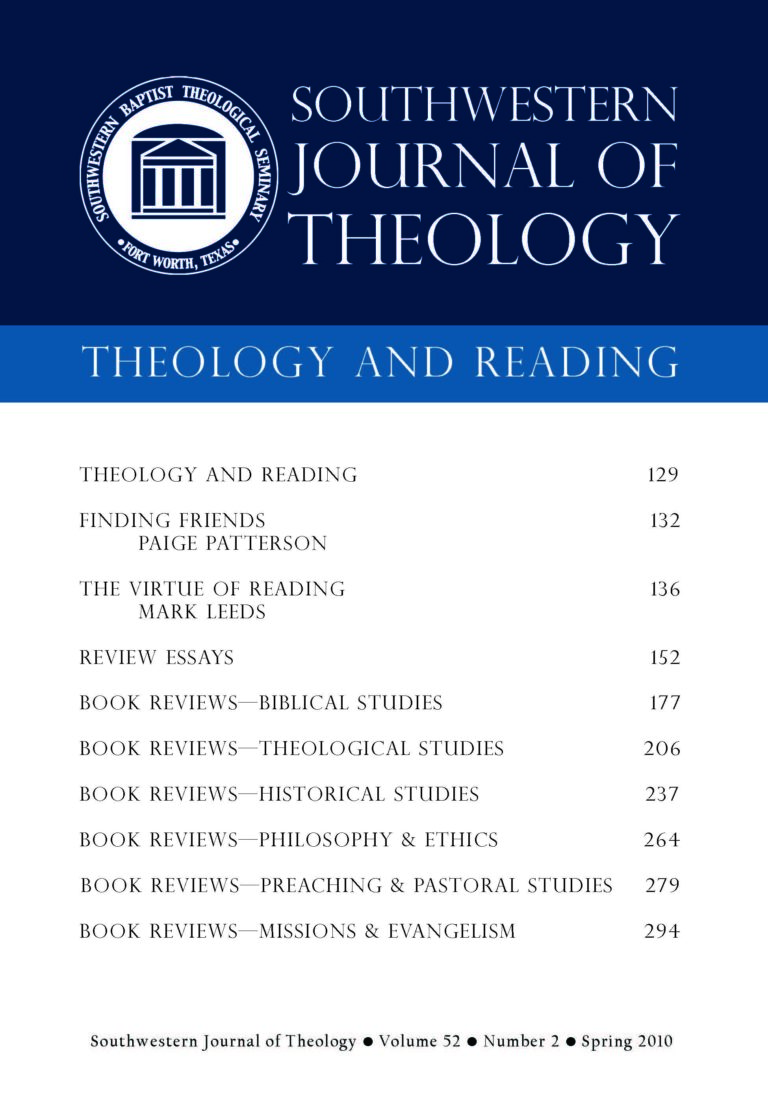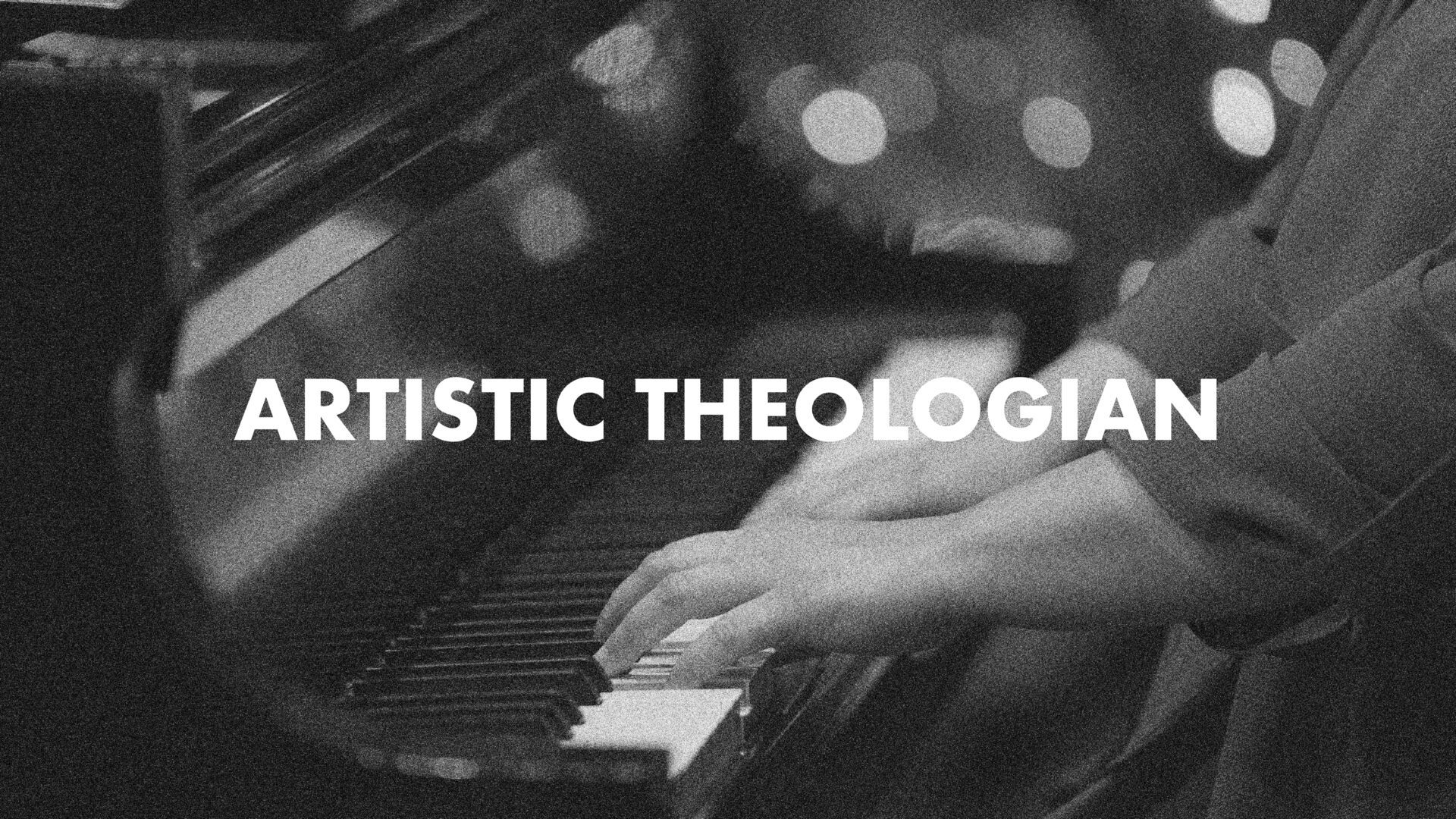
Theology and Reading
Southwestern Journal of Theology
Volume 52, No. 2 – Spring 2010
Managing Editor: Malcolm B. Yarnell III
Thomas S. Kidd. New Haven: Yale University Press, 2007. 392 + xix pages. Hardback, $35.00.
This book is a welcome addition to studies in American Christianity. A scholarly, one-volume monograph specifically dedicated to canvassing the phenomenon known as the Great Awakening has not appeared since Edwin Gaustad’s The Great Awakening in New England in 1957. Because it is written by an accomplished and promising young scholar of excellent credentials, it is a first-rate scholarly work, one that is conversant with the primary and recent secondary literature on the subject. Because its goal is to present the big picture of the numerous religious awakenings that dotted the terrain of American Protestantism in the mid eighteenth-century, it avoids the narrowness of many specialized studies and thus is eminently accessible to general readers, church goers and pastors.
As the book’s subtitle indicates Kidd’s aim is to shape the narrative of the Great Awakening in order to reveal “the roots of evangelical Christianity in colonial America.” While acknowledging David Bebbington’s famous “quadrilateral” definition of evangelicalism, Kidd wishes to underscore in this volume what Bebbington’s definition leaves out, namely the extraordinary attention that participants in the awakenings gave to the person and work of the Holy Spirit (xiv). It is this tremendous pneumatological emphasis evidenced in both corporate revivals and private experiences that characterized the Great Awakening and continues to characterize American evangelicalism today. Thus, a prominent feature of the book is the great attention Kidd gives to the extraordinary experiences people underwent in the midst of the revivals, experiences ranging from the more tame yet intense emotional conversions, to the more radical experiences of dreams, visions, and impulses. Kidd ably demonstrates how extensive these more radical manifestations of revival were in the mid-eighteenth century, a fact which calls into question the conventional notion that the First Great Awakening was a tame, controlled, and theologically-led revival while the Second Great Awakening featured the enthusiastic bedlam of the camp meeting. In truth, from its very beginnings, American evangelical awakenings have been characterized by a deep division between moderate revivalists and radical ones, between those who envisioned revival as a tame controlled affair of the heart, and those who were open to more radical expressions (323).
In the contents of the book we find both old and new. Familiar are the narratives of the pre-awakening setting, the Connecticut River Valley awakening of the mid 1730s, the itinerant ministry of George Whitefield, and the debates between the Old and New Lights. New are the parts of the history of the Great Awakening which are not well-known, parts which reflect the fruit of scholarship on the subject in the last generation. First, Kidd attempts to reset the temporal boundaries of the Great Awakening, which generally have been associated with the remarkable years of 1740–42. Kidd argues, correctly in my view, that we should envision the First Great Awakening much like we understand the Second, a period of multiple regional revivals that spanned many decades. His narrative thus begins in the 1730s and takes us past the American Revolution in the early 1780s. It also features revivals which are not as well known such as those of the 1760s and early 1780s. Second, Kidd addresses the broad geographic range of the First Great Awakening revivals. Not only is the New England scene treated, but Kidd includes chapters on the Great Awakening in the Middle Colonies, Virginia, and the Carolinas where Baptists particularly took root in the Sandy Creek area. Third, Kidd also examines revivals among the non-white communities, devoting chapters to Native American and African American communities touched by the Holy Spirit.
Lastly, Kidd treats the complicated relationship between the Great Awakening and the American Revolution, where he argues that we really cannot establish a direct link between the two. While he acknowledges that the revivals birthed an egalitarian spirit which informed the hearts and minds of countless colonial Americans, and while evangelical rhetoric and ideology did indeed shape some of America’s founding fathers, one cannot conclude from these that a direct oneto-one relationship between the Awakening and the Revolution exists. His main evidence is the great diversity of evangelical responses to the Revolution. Not all evangelicals supported the break with Great Britain. Indeed, Kidd demonstrates that many of the radical, marginalized evangelicals (including many Separatists and Baptists) leaned toward either neutrality or Loyalism. The picture of a unified Patriotic evangelical front in the decades leading up to the Revolution does not hold up on further scrutiny, and thus we must be content merely to affirm a more loose connection between the Great Awakening and the American Revolution.
The Great Awakening is well-written and chock full of mini-stories about churches, pastors, and conversion narratives that will delight many Baptists and evangelicals who yearn for revival to return to their lives and churches. It should prove to be the standard work on the subject for many years to come.





